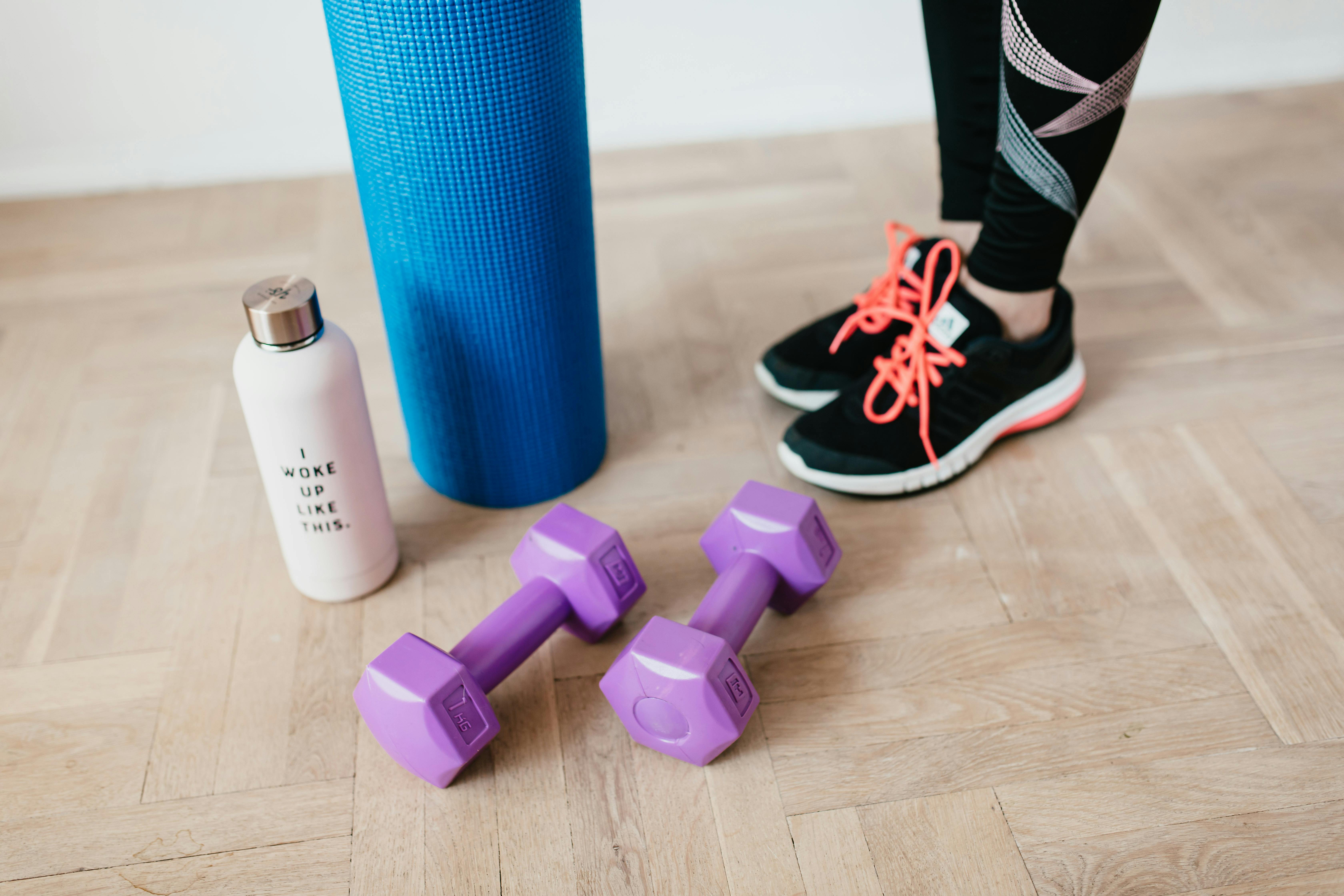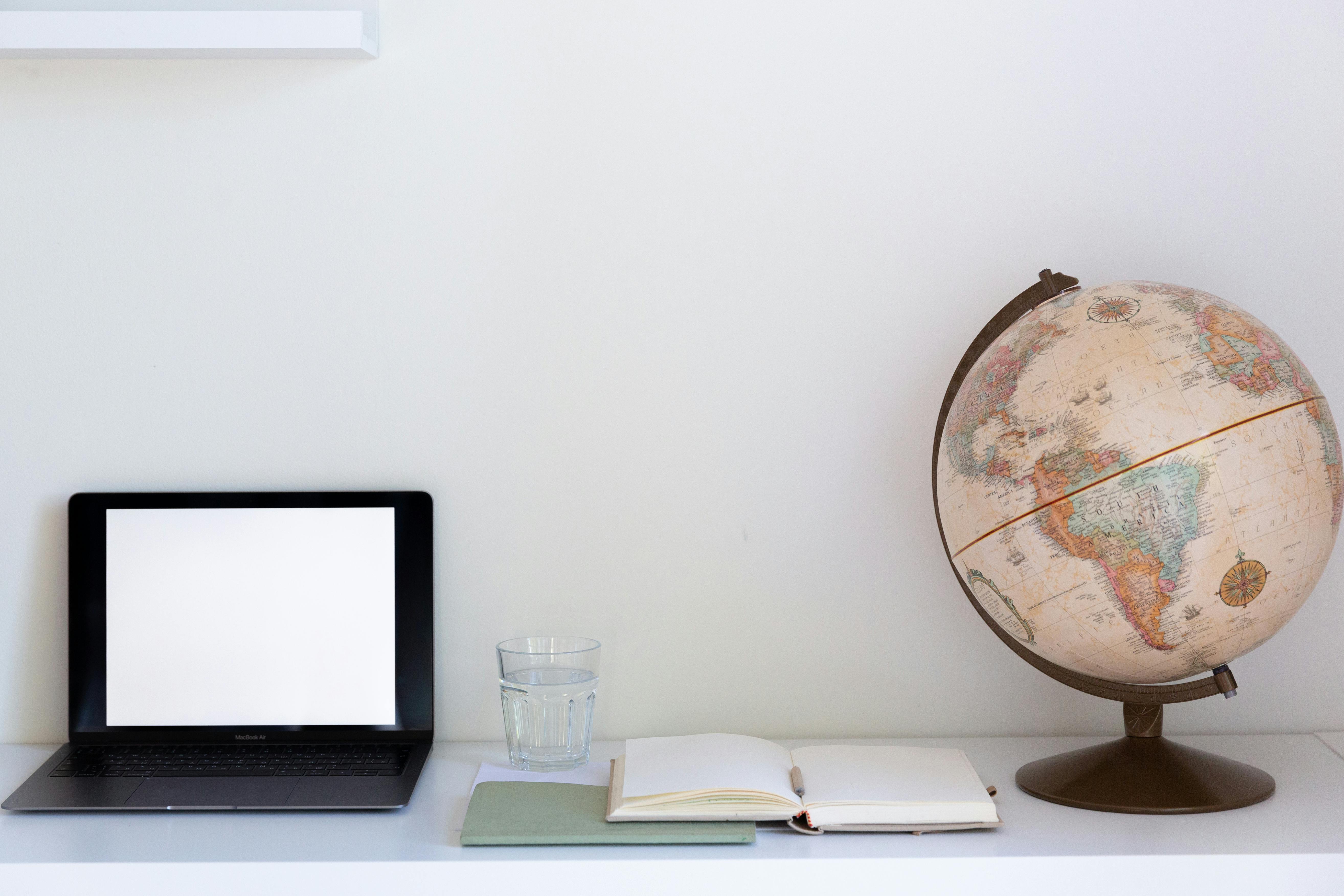Distilled water is widely used for many different purposes, including medical treatments, car batteries, aquariums, and even steam irons. While it’s easier to buy distilled water from the store, it is also possible to make your own distilled water at home. This article will discuss the steps required to make your own distilled water at home.Distilled water is water that has been purified by a process of distillation. Distillation involves boiling the water and condensing the steam into a clean container, leaving behind any impurities or contaminants. Distilled water is free of minerals and salts, making it ideal for certain uses such as drinking, filling lead acid batteries, ironing, steam irons, and automotive cooling systems.
The Benefits of Distilled Water
Distilled water is a pure form of water that has been heated until it evaporates and then cooled until it condenses back into liquid form. This process removes any impurities such as minerals, metals, and other contaminants from the water. Distilled water is widely used for drinking, cooking and medical purposes due to its purity. Here are some of the benefits of distilled water:
Purity
The primary benefit of distilled water is its purity. By removing all impurities from the water, it becomes much safer to consume than untreated tap water. This makes it an ideal choice for medical use as well as drinking and cooking.
No Unwanted Minerals
In addition to purifying the water, distilling removes any unwanted minerals present in the source water. Many people prefer the taste of distilled water over tap or mineral waters, as it has a clean taste without any metallic or mineral aftertaste.
Safe for Sensitive Equipment
Required Materials
Making distilled water at home requires a few materials, including a large pot, a heat source, an empty glass container, and a condenser. The pot should be large enough to hold the water that will be heated and evaporated. A heat source such as a stove or electric hot plate can be used to heat the water. An empty glass container such as a pitcher should be placed over the pot in order to collect the condensed water vapor. Finally, a condenser is needed to cool the vapor and return it to liquid form. A simple copper coil can be used for this purpose.
Preparation
Once the materials have been gathered, preparation for distilling begins by filling the large pot with water and placing it on the heat source. The empty glass container should then be placed over the top of the pot in order to collect any steam that is produced when the water is heated. The condenser should then be attached to the top of the glass container so that it can cool any steam produced and return it to liquid form as distilled water.
Distillation ProcessSetting Up a Home Distillation System
Setting up a home distillation system can be an exciting process, but it is important to make sure that all safety precautions are taken. The basic components of a home distillation system are a pot, heat source, still head, condenser and collection vessel. It is also important to have access to fresh air for ventilation and proper temperature control.
The first step in setting up the home distillation system is to choose the appropriate pot for the job. It should be large enough to accommodate the amount of liquid that needs to be distilled and the equipment that will be used. The pot should also be made from stainless steel or other non-reactive material to ensure that no unwanted chemicals are added during the distilling process.
Once the pot has been chosen, it is necessary to decide on a heat source for the distillation process. This can include an electric stovetop, propane burner or even an open flame if safety precautions are taken. It is important to make sure that the heat source does not become too hot as this can cause damage to both equipment and ingredients.
How To Boil Water for Distillation?
Distillation is a process of purifying water by separating it from other compounds. Boiling water is one of the most common methods used to distill water. It is an effective way to remove contaminants and ensure that the water you are drinking is safe and pure. Here are some tips on how to boil water for distillation:
First, fill a pot with cold, filtered water. Make sure the pot is large enough for the quantity of water you will need. Place the pot on a stove or other heat source and turn the heat setting to high. As the water begins to boil, reduce the heat slightly so that it stays at a steady simmer, but not a full boil. Allow the water to simmer for 15-20 minutes, stirring occasionally.
Once you have boiled the water, you can use it for distillation. To do this, pour the boiled water into a clean container and place it in an area with good ventilation as steam will be released during this process. Then place another clean container beneath it using something like a tripod or stand to hold it

Collecting Condensed Steam to Make Distilled Water
Distilled water is water that has been purified by removing impurities and minerals through the process of condensation. In order to collect the condensed steam and make distilled water, you must first have a source of steam. This can be done with a simple home-made steam generator, or you can purchase a commercially available steam generator.
Once you have your steam source, you will need to construct a condenser. This can be done by attaching two pieces of copper tubing together in an “L” shape. The bottom part of the “L” should be slightly lower than the top part and should be filled with cold water. This will cause the hot steam from the generator to condense into liquid form when it passes through the copper tubing.
The next step is to attach a collection vessel to the lower end of the condenser. The collection vessel should be able to hold at least one gallon of liquid and should be airtight so that no steam escapes during collection. Once your collection vessel is in place, turn on
Purifying Distilled Water
Distilled water is water that has been purified through a process of distillation. This involves boiling the water and condensing the steam into a clean container, leaving many impurities behind. While distilled water is generally safe to drink, there are still ways to purify it further. Here are some tips for purifying distilled water:
Adding Minerals: Minerals add taste and can also be beneficial for health. Adding minerals back into the distilled water can be done by using a simple home filtration system or by adding powdered minerals such as calcium carbonate or magnesium chloride to the water.
Using Reverse Osmosis: Reverse osmosis is a process that uses pressure to force water through a membrane, removing impurities in the process. Reverse osmosis systems are available for home use and can be used to further purify distilled water.
UV Light: Ultraviolet light kills bacteria and other microorganisms in the water, making it safe for drinking. UV light systems are available for home use and can be used to further purify distilled water.
Safety Precautions for Making and Using Distilled Water
Distilled water is a type of purified water that has been boiled and condensed back into liquid form. It is often used for drinking, cooking, and other household uses, such as in steam irons or humidifiers. It is important to take certain safety precautions when making and using distilled water to ensure that the process is conducted safely and the water is kept clean.
When making distilled water, it is important to wear protective clothing such as gloves, goggles, and a face mask. This will help to protect you from any hot steam coming off the boiling container or any splashes that could occur while transferring the liquid from one container to another. It is also important to make sure that all containers being used are clean and free of contaminants before beginning the process.
In addition, make sure to use only clean tools when making distilled water, such as a stainless steel pot or glass beaker. Never use plastic containers or utensils when boiling distilled water as they can leach chemicals into the liquid. Always follow all instructions provided by your distillation equipment carefully so that you are using it properly and getting the best results

Conclusion
Preparing distilled water at home is a simple process, with the right equipment and materials. It is important to use food-grade materials when preparing distilled water for consumption, as it may contain harmful bacteria or other contaminants. Although the process may seem lengthy and time-consuming, it is an efficient way to ensure that your family has access to safe drinking water. With the proper instructions and materials available, anyone can prepare their own distilled water at home.
Distilling water is not only cost-effective but it also ensures that you have access to clean drinking water without relying on outside sources. It is an easy way for people to make sure their families have access to safe drinking water without having to buy expensive bottled water. By following the steps outlined above, anyone can prepare their own distilled water at home with minimal effort and expense.

